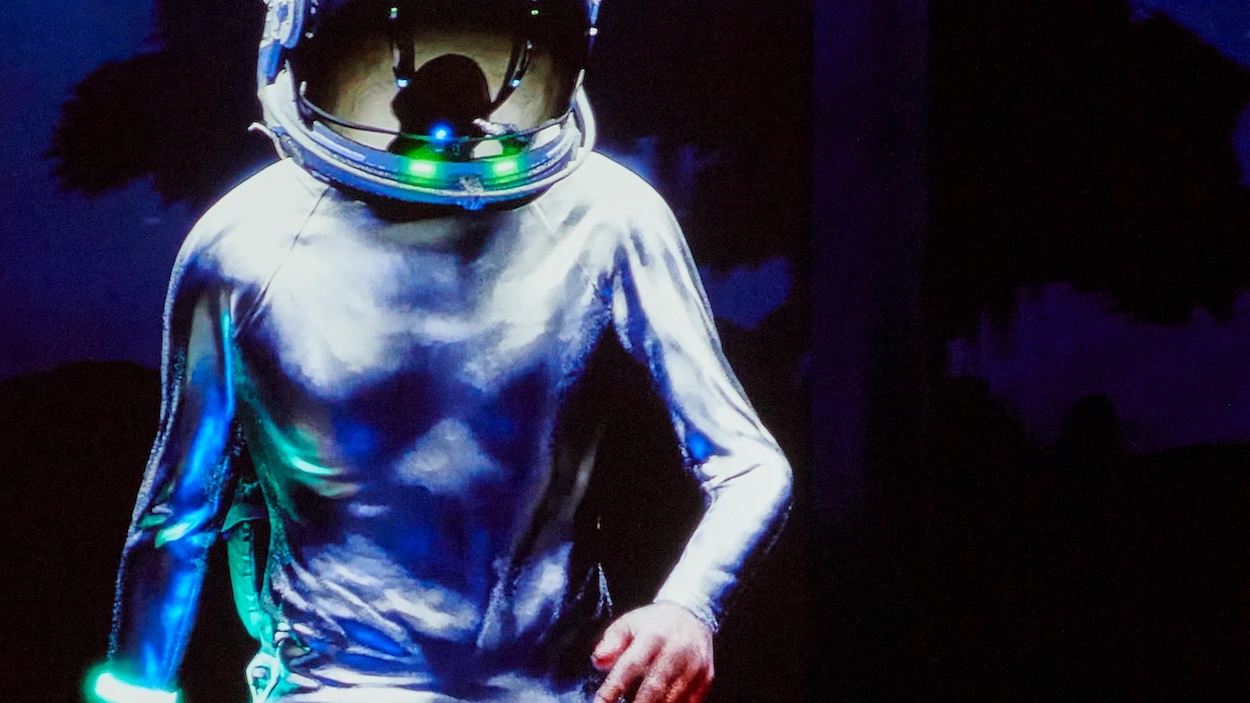Last year, Mike Winkelmann—better known as Beeple—became the world’s most expensive living artist when he auctioned a collage, Everydays: The First 5,000 Days, for $69.5 million at Christie’s. Normally, that wouldn’t cause much of a stir, but Beeple offered the digital (and deeply problematic) work as an NFT, igniting a firestorm of debate and inducing crypto-mania in the art world that has yet to subside.
It may seem ironic that Beeple’s latest headline-grabbing work dabbles with the physical realm. Called Human One, the seven-foot-tall box-like sculpture features four large LED screens depicting a helmeted astronaut jaunting rhythmically through dystopian environments. The displays, stored on the Ethereum blockchain, are selected at random from 24 hours worth of one-minute video clips. Winkelmann plans to add new designs to the blockchain, meaning the work will “continue to evolve” through his lifetime. “While a traditional work of art is more akin to a finite statement, frozen in time at the moment it was completed,” Beeple says, “this artwork’s ability to be updated makes it more akin to an ongoing conversation.”
The dynamic piece naturally comes with a corresponding NFT whose smart contract is specially coded so that Beeple will maintain remote control over what’s displayed on the screens. “There’s very little chance that [Winkelmann] won’t take the opportunity to surprise the collector with new work,” says Noah Davis, head of digital sales at Christie’s, which expects to auction the work on November 9 for around $15 million.

